Hello and welcome to our guide on the ins and outs of custom iPhone app development costs!
If your business requires an iOS App, you might be wondering, “How much will it cost to bring my unique app idea to life on iOS?” or “What factors influence the pricing of custom iPhone app development?” or “What will be the average iPhone app development cost?”. You’re not alone in seeking answers to these questions. We’re here to ease the process for you. By breaking down the components that contribute to the cost and providing insights into budgeting effectively, we aim to help you with the knowledge you need to make informed decisions.
As of 2025, the iOS App Store offers approximately 1.96 million apps for download, generating a global revenue of around $125 billion.
Understanding the financial investment required for developing a custom app is essential for budget planning and project feasibility analysis. However, the cost of developing an iPhone app can vary significantly based on several factors, including the app’s complexity, design, features, and the developer’s expertise.
Also read: Cost Optimization: Key Steps for Running a Lean and Efficient Business
- Understand Custom iPhone App Development
- Factors Affecting Custom iPhone App Development Cost
- Phases of iPhone App Development
- Actual Cost of Developing a Custom iPhone App
- How to Reduce Development Costs Without Compromising Quality?
- How to Choose the Right Custom iPhone App Development Partner?
- Final Words
Understand Custom iPhone App Development
Custom iPhone app development involves creating software applications tailored specifically to meet the unique requirements of a business or individual. Unlike generic off-the-shelf solutions, custom apps are designed with a particular target audience in mind, offering a level of personalization and functionality that pre-made software cannot match. This bespoke approach allows businesses to stand out in the App Store, providing a unique user experience that aligns with their brand identity and operational needs.
Why Your Business Needs a Custom iPhone App?
For businesses, a custom iPhone app can be a game-changer. iPhone app development offers several benefits including:
- Enhance brand visibility and engagement.
- Improve customer service and experience.
- Streamline operations and increase efficiency.
- Generate new revenue streams.
Some Key Stats That Worths a Look
- Games remain the most popular category, accounting for 12.68% of all iOS apps.
- Business apps make up 10.35% of active apps, while education apps also hold a significant share.
We are in an age where customer expectations are constantly evolving, having a custom app allows businesses to adapt quickly and stay ahead of the competition. It also enables direct communication with users, fostering loyalty and driving growth.
You may also like checking the list of handpicked Custom Software Development Companies in Dallas.
Factors Affecting Custom iPhone App Development Cost
Custom iPhone app development can vary significantly in cost due to several factors. Understanding these can help you budget better for your project. Here are the key elements that influence the cost:
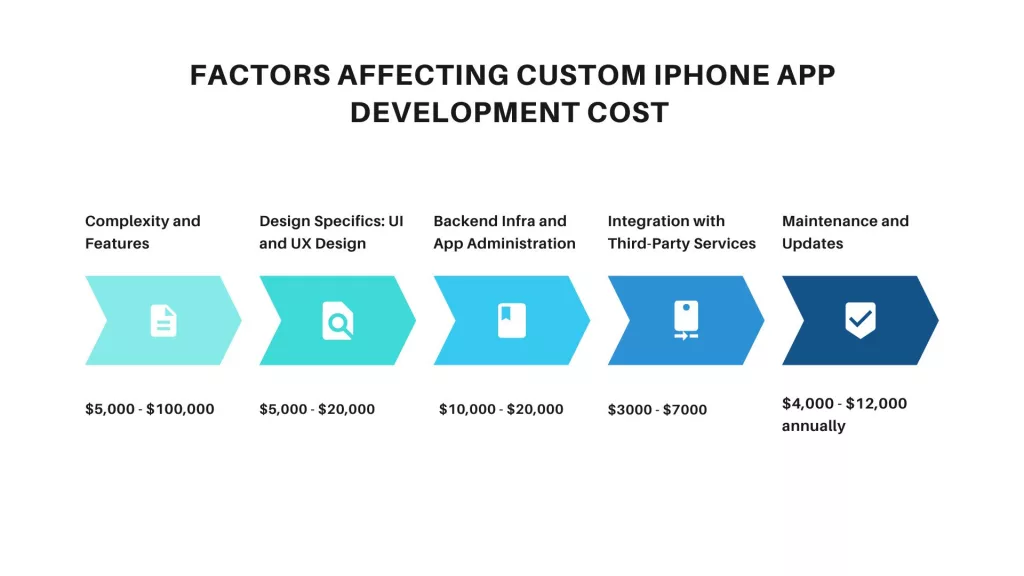
Complexity and Features
The complexity of the app and the features it includes are among the primary drivers of development cost. Simple apps with basic functionality, like calculators or timers, require fewer development hours and resources. In contrast, apps with advanced features such as real-time synchronization, complex database relationships, or advanced AI can significantly increase development time and cost.
| Complexity Level | Features | Cost Estimate |
|---|---|---|
| Basic Apps | Minimal features, simple UI | $5,000 – $10,000 |
| Standard Complexity | Standard functionality | $10,000 – $25,000 |
| Average Complexity | Moderate features and integration | $25,000 – $50,000 |
| High Complexity | Advanced features, custom backend | $50,000 – $100,000+ |
| Very High Complexity | Complex integrations, high-end UI/UX | $100,000 – $150,000+ |
Design Specifics: UI and UX Design
The design phase, encompassing user interface (UI) and user experience (UX) design, plays a crucial role in app development. A well-designed app not only looks appealing but is also intuitive and easy to use. Investing in high-quality UI/UX design is essential for user engagement and retention, but it also adds to the development cost. Custom animations, unique design elements, and testing across multiple devices for optimal performance are factors that can increase expenses.
| Design Aspect | Cost Influencing Factors | Cost Estimate |
|---|---|---|
| Overall Design | – Complexity of design – Expertise of the design team – Custom vs. stock elements | $5,000 – $20,000 |
| Cheap vs. Expensive Design Elements | – Icons, buttons, illustrations (stock vs. custom) – Static vs. animated design elements | Varies based on complexity |
| Branding Strategy | – Existing branding strategy vs. developing a new one | Included in design cost |
| UI Kit | – Existing UI kit vs. creating a new one | Included in design cost |
| Design Time & Deliverables | – Time spent on design – Final product design, app logo, icons, screenshots for app stores | 80 to 320 hours |
| App Design Cost by Country | Hourly rates vary by country | $25 – $200 per hour |
Design costs are deeply influenced by the specifics of the project. For instance, a simple app might take 100 to 160 hours to design, with costs starting from $5,000. More complex applications can require significantly more time, upwards of 320 to 640 hours or more, and accordingly, the cost can start from $16,000 and go much higher for highly complex apps.
Backend Infrastructure and App Administration
The backbone of any feature-rich app is its backend infrastructure and administration capabilities. This includes servers, databases, and APIs managing the app’s data exchange and operational logic. The complexity of the backend significantly influences the overall cost. For example, an app requiring a server to store user data, manage authentication, or push notifications will be more expensive than an app that operates entirely offline.
| Development Aspect | Cost Range | Notes |
|---|---|---|
| Backend Development | $10,000 – $20,000 | Essential for apps requiring server-side logic, data storage, and processing. |
| API Integration | $1,000 – $7,000 | Fee for submitting the app to the App Store, is required for distribution. |
| Quality Assurance (QA) and Testing | $500 – $5,000 | Testing is crucial for ensuring app quality and functionality. |
| App Store Submission | $100 – $300 | Fee for submitting the app to the App Store, required for distribution. |
Integration with Third-Party Services
Integrating third-party services, such as payment gateways, social media platforms, or analytics tools, adds complexity and can raise the cost of app development. Each integration requires additional time for implementation and testing to ensure smooth operation within the app.
| Integration Type | Cost Estimate | Additional Notes |
|---|---|---|
| API Integration | $3,000 – $7,000 | Basic to moderately complex integrations. |
| Standard Payment Gateway | $1,000 – $5,000 | Covers basic customization and standard security measures. |
| Advanced Payment Gateway | $5,000 – $20,000+ | Includes extensive customization and stringent security measures. |
| Other Third-Party Services | Variable | Costs depend on the service’s pricing model (subscription or transactional). |
Maintenance and Updates
App development doesn’t end with its launch. Ongoing maintenance, bug fixes, and updates are crucial for keeping the app functional and relevant. Regular updates to accommodate new iOS versions, add features, or improve security are necessary and should be factored into the overall cost.
| Maintenance Activity | Cost Range or Percentage | Details |
|---|---|---|
| Annual iOS Updates | $1,000 annually | Cost for updating the app to stay compatible with the latest iOS updates. |
| Monitoring and Maintenance | $4,000 – $12,000 annually | Includes troubleshooting bugs, changes in app design, and constant updates to ensure app functionality and performance. |
| Percentage of Development Cost | 20% of initial development cost annually | General guideline for budgeting maintenance costs. |
| Servers | $20 – $60 per month | Ongoing server costs necessary for app functionality. |
| Push Notifications | $10 | Monthly cost for managing push notifications. |
| Payment Gateways | Up to $149 + transaction fees | Monthly cost which may also include a percentage of each transaction processed through the app. |
| Emergency Maintenance | Variable | Costs depend on the nature of the emergency and the required fixes. |
| App Stores Developer Fee | $25 for Google Play, $99 for Apple App Store | One-time and annual fees for publishing and maintaining an app on app distribution platforms. |
Team Location and Structure
The development team’s location and structure significantly impact the project’s cost. Development costs can vary widely across different countries due to differences in hourly rates. Additionally, the team’s expertise and specialization in iOS app development can influence the project’s price.
| Region or Team Type | Average Hourly Rate or Project Cost |
|---|---|
| United States | $100 per hour |
| Western Europe | $80 per hour |
| Australia | $90 per hour |
| Eastern Europe | $50 per hour |
| India and Southeast Asia | $25 per hour |
| Internal Team (US, UK) | $200,000 (average project cost) |
| Software Development Agency | $50,000 (average project cost) |
| Freelancers | $30,000 (average project cost) |
| India (Development Location) | $15 – $45 per hour |
Phases of iPhone App Development
Developing an iPhone app is a complex process that involves several crucial stages. Each phase is essential to ensure the app’s success, from conceptualization to release. Here’s a breakdown of the phases involved in iPhone app development:
Phase 1: Ideation and Concept Validation
The first phase involves brainstorming app ideas, identifying the target audience, and validating the concept. This stage is crucial for defining the app’s purpose and ensuring there is a market need for it.
Phase 2: Market Research and Analysis
Conducting thorough market research and analysis helps in understanding the competitive landscape and identifying unique value propositions. This phase is essential for positioning the app effectively in the market.
Phase 3: Prototyping and Design
Creating prototypes and designing the app is the next step. This phase involves translating the app’s functionality into visual and interactive elements, focusing on creating an intuitive and engaging user experience.
Phase 4: Development Phase
The development phase is where the app comes to life. Developers code the app, integrating various features and functionalities as outlined in the specifications. This phase is typically the most time-consuming and costly.
Phase 5: Testing and Quality Assurance
Testing is crucial for ensuring the app is free from bugs and performs as expected across all devices and iOS versions. Quality assurance involves rigorous testing to identify and fix issues before the app’s release.
Phase 6: Deployment and Launch
Once the app meets all quality standards, it is deployed to the App Store. This phase includes setting up developer accounts, creating app listings, and preparing marketing materials for the launch.
Phase 7: Post-launch Support and Maintenance
After the app is launched, ongoing support and maintenance are necessary to address any issues, release updates, and add new features based on user feedback.
Also read: Best iPhone Backup Software for Windows
Actual Cost of Developing a Custom iPhone App
The average cost of building a custom iPhone app typically ranges from $30,000 to $100,000. This cost can vary significantly based on several factors, including the app’s complexity, the features and functionalities it includes, the app design specifics, and the geographical location of the development team. For simpler apps with basic features, costs might be at the lower end of the spectrum, while more complex applications with advanced functionalities, such as integration with third-party services, custom animations, and sophisticated backend infrastructure, can drive costs towards the higher end or even beyond.
Pricing Models
- Fixed Price: A fixed price model is based on a detailed project scope and timeline. This model is suitable for projects with well-defined requirements.
- Hourly Rates: Many developers charge based on the time spent on the project. Hourly rates can vary significantly depending on the developer’s location and expertise.
How to Reduce Development Costs Without Compromising Quality?
Reducing the cost of custom iPhone app development requires strategic planning and smart decision-making. Here are effective ways to manage costs:
1. Effective Planning and Requirement Analysis
- Clear Requirements: Begin with a clear understanding of your app’s requirements. Detailed planning helps avoid costly changes later in the development process.
- Phased Development: Consider launching your app in phases, starting with a Minimum Viable Product (MVP). This approach allows you to test your concept in the market with minimal features and refine as needed based on user feedback.
2. Prioritizing Features for MVP
- Feature Selection: Identify core features that address the primary objective of your app. Prioritize these for the initial launch, and plan additional features for future updates. This not only reduces initial costs but also helps in gathering valuable user insights.
3. Choosing the Right Development Partner
- Expertise and Efficiency: Selecting a development partner with experience in delivering quality apps within budget can significantly reduce costs. They can provide valuable insights on cost-effective features and design choices.
4. Considering Cross-Platform Development
- Reusable Code: For apps targeting multiple platforms, consider using cross-platform development tools. These allow developers to write code once and deploy it across both iOS and Android, potentially saving on development costs.
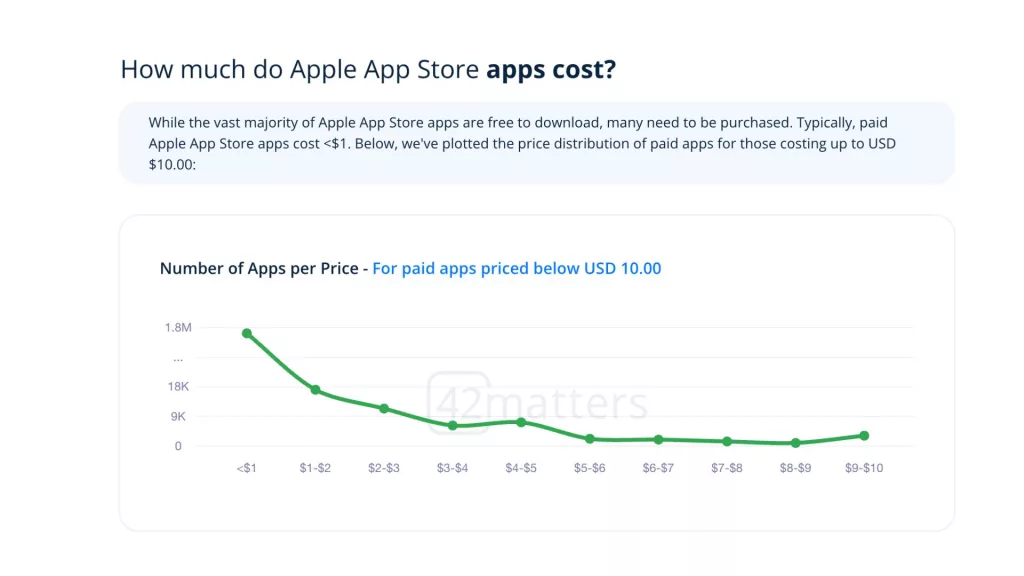
Obtaining a realistic estimate isn’t just wishful thinking; it’s a critical step in app development. While general figures can set expectations, a tailored estimate will consider your app’s unique requirements. Professional estimation services offer invaluable insights, but other resources can also offer preliminary guidance. For example, exploring detailed cost breakdowns in articles such as Getting to Know Custom App Development Cost: Insights for Your Business can give you a clearer understanding of the factors at play.
How to Choose the Right Custom iPhone App Development Partner?
Selecting an iPhone app development partner is critical to the success of your custom iPhone app. Here are factors to consider:
Criteria for Selection
- Portfolio and Expertise: Review the developer’s portfolio to assess their experience with similar apps. Look for a team with a strong track record in iPhone app development.
- Client Testimonials and References: Feedback from previous clients can provide insights into the developer’s reliability, quality of work, and communication skills.
- Technical Skills and Tools: Ensure the team is proficient with the latest iOS development frameworks and technologies. Familiarity with Apple’s design guidelines is also crucial.
Importance of Communication and Collaboration
- Regular Updates: Choose an iPhone app development agency that values transparent communication. Regular updates and open lines of communication ensure that the project stays on track and any issues are quickly addressed.
- Collaborative Approach: A collaborative partnership allows for the sharing of ideas and constructive feedback, leading to a more refined and successful app.
Final Words
Navigating the complexities of custom iPhone app development requires a detailed understanding of the factors that influence costs, strategic planning to manage expenses, and the selection of a capable development partner. By prioritizing essential features, considering an MVP approach, and focusing on quality design and development, businesses can create impactful iPhone apps that resonate with their target audience without exceeding their budget. Remember, the goal is not just to minimize costs but to invest wisely in your app’s success in the competitive digital marketplace.
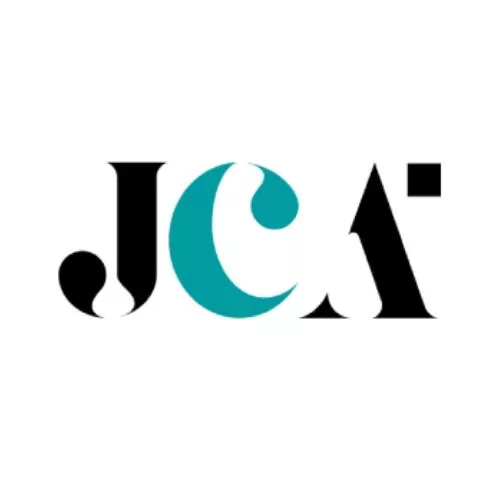
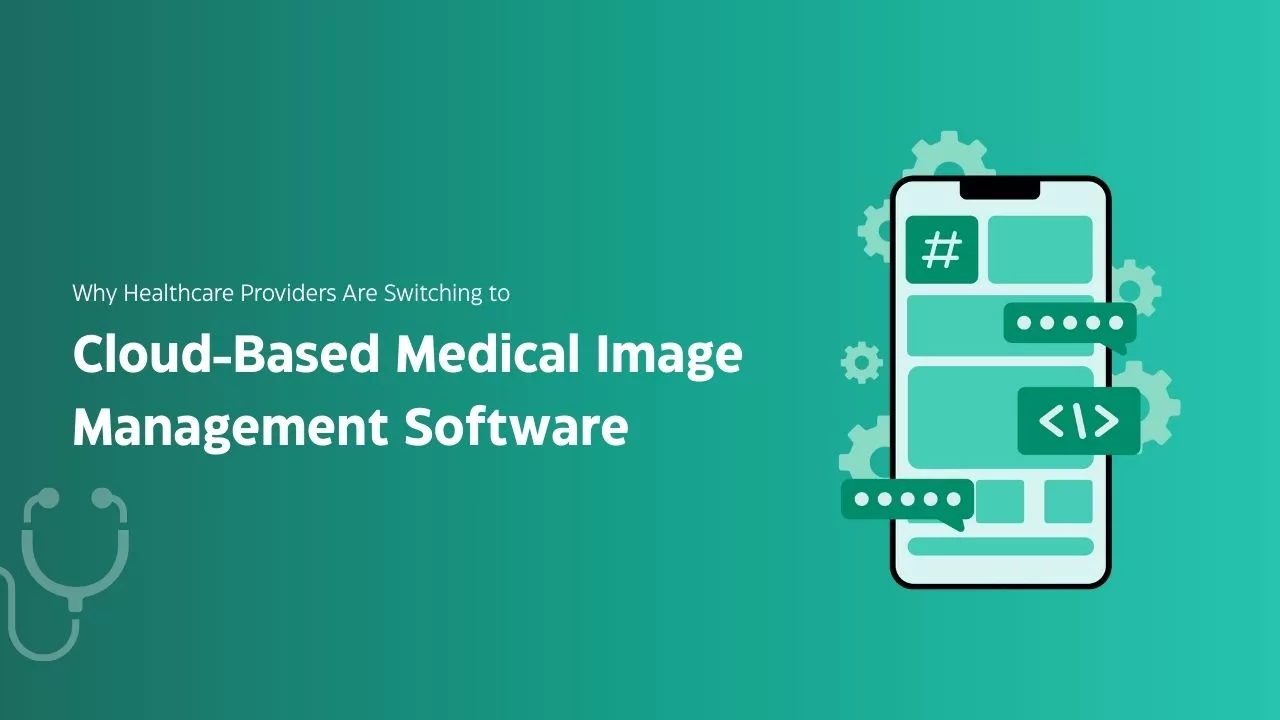


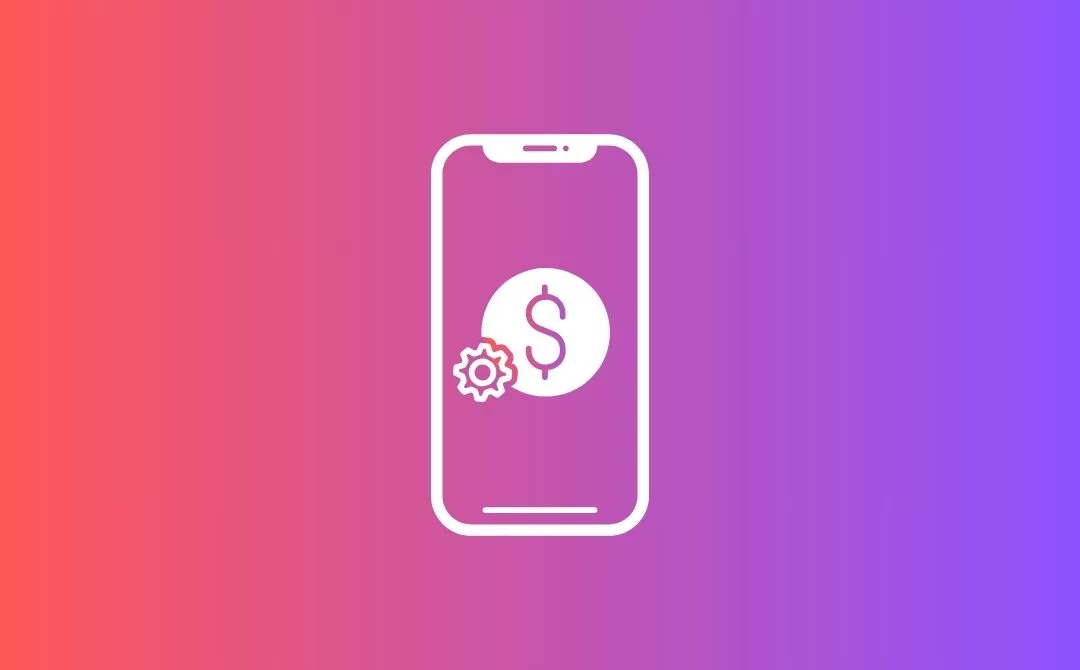
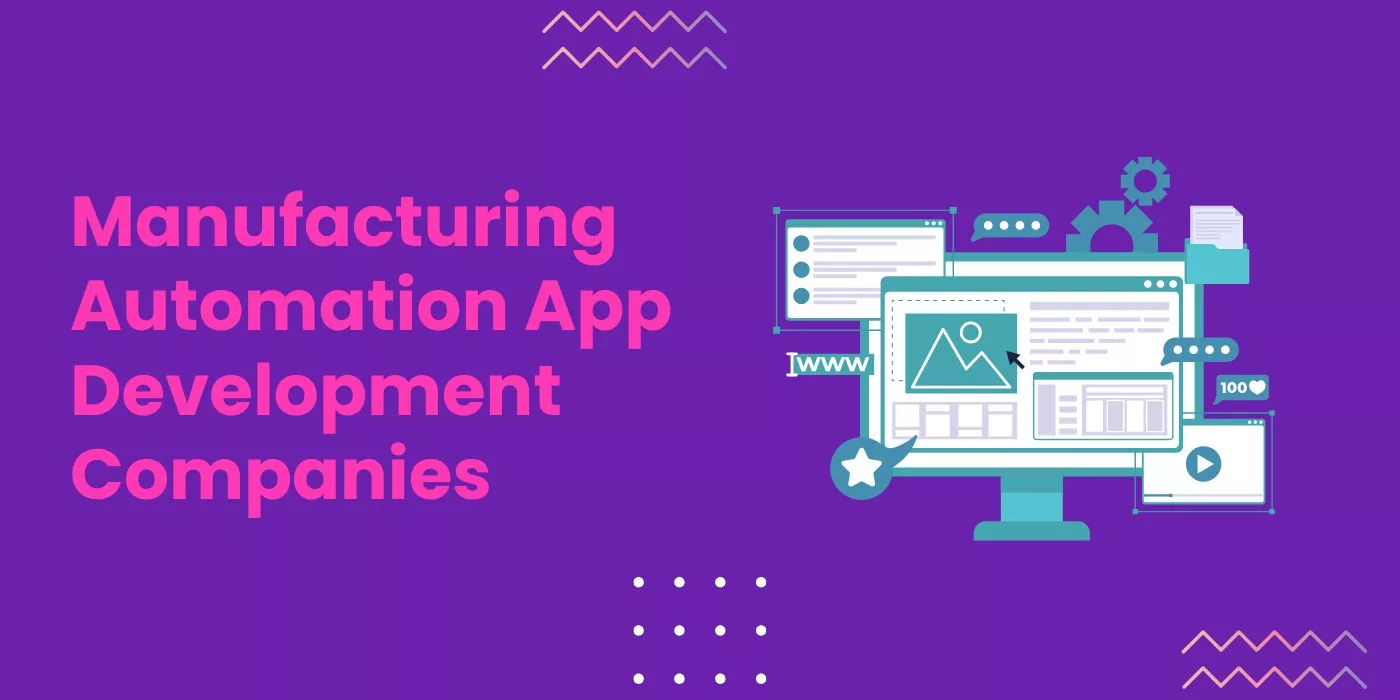

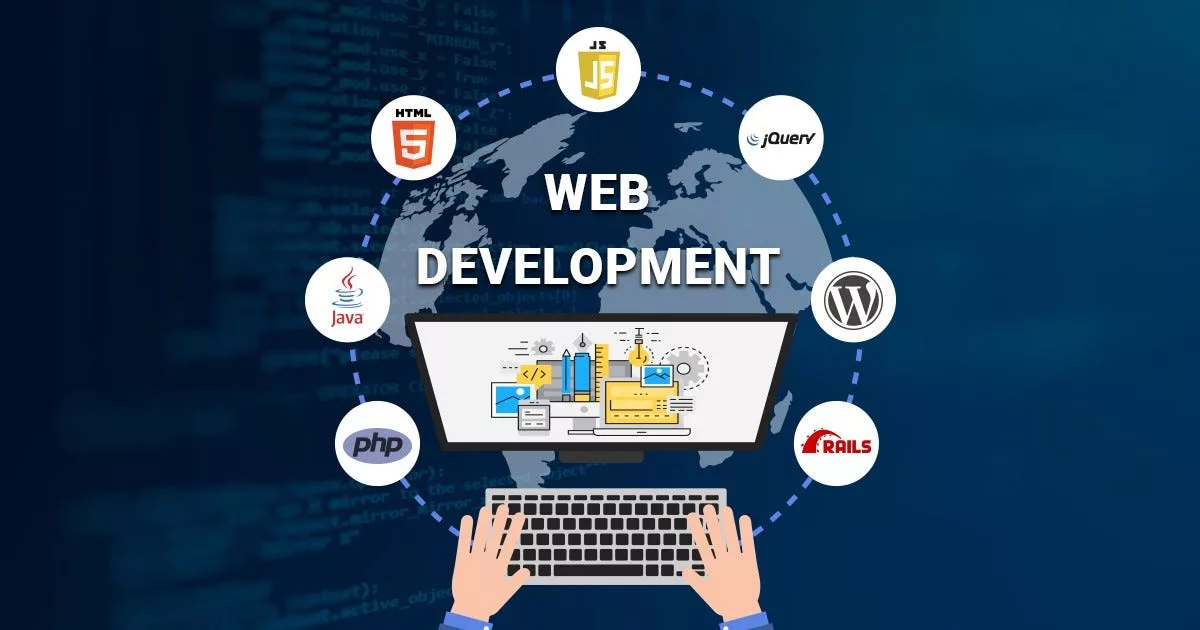
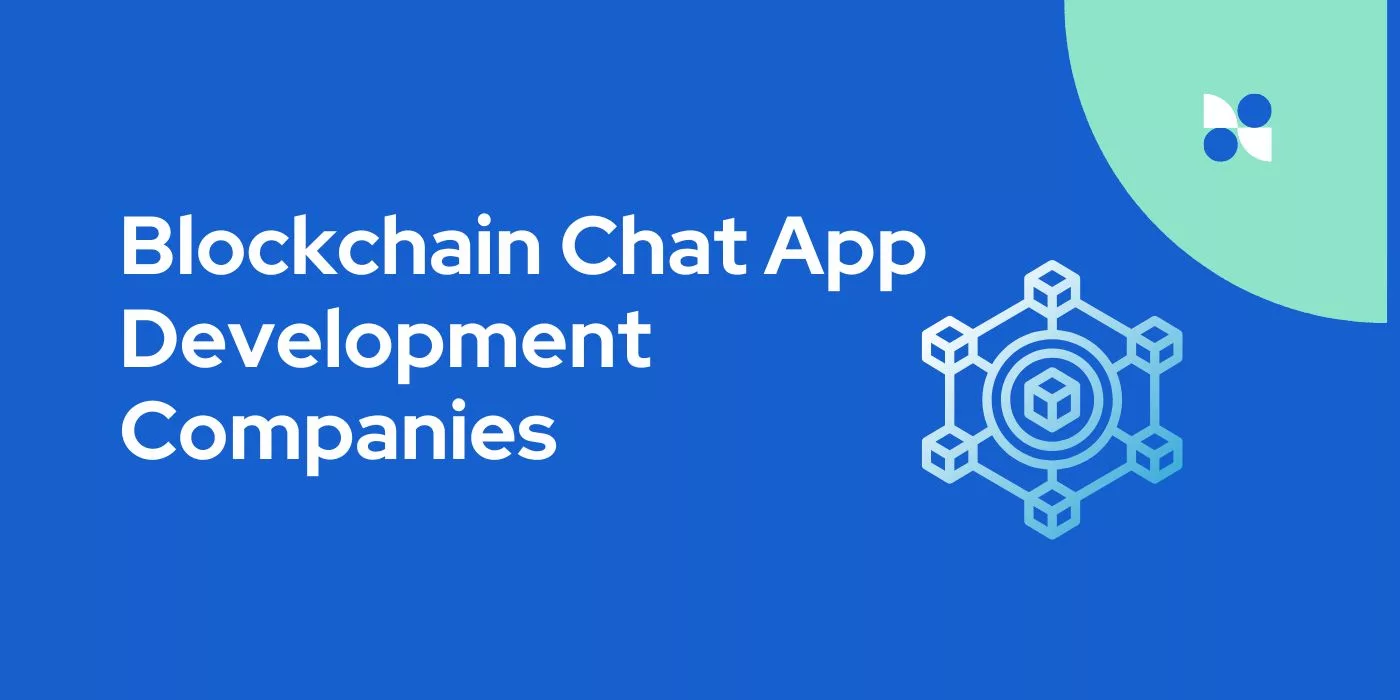
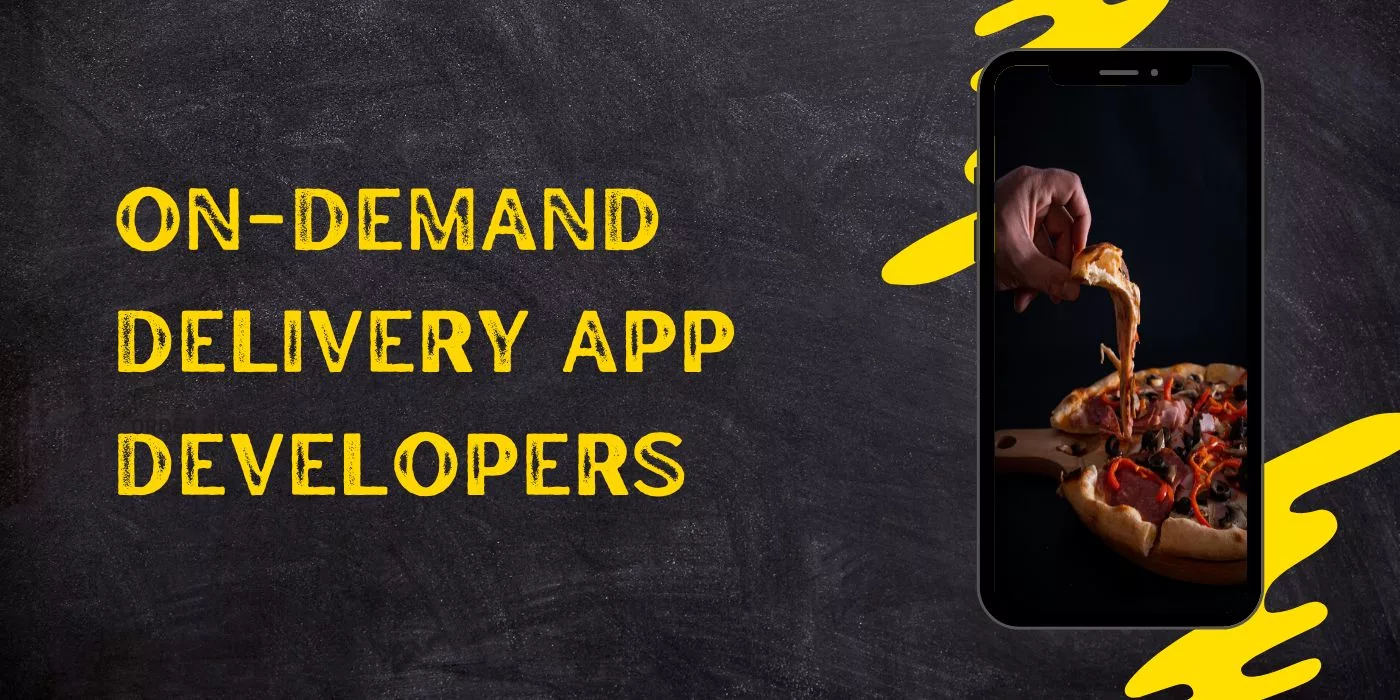
Leave a Reply